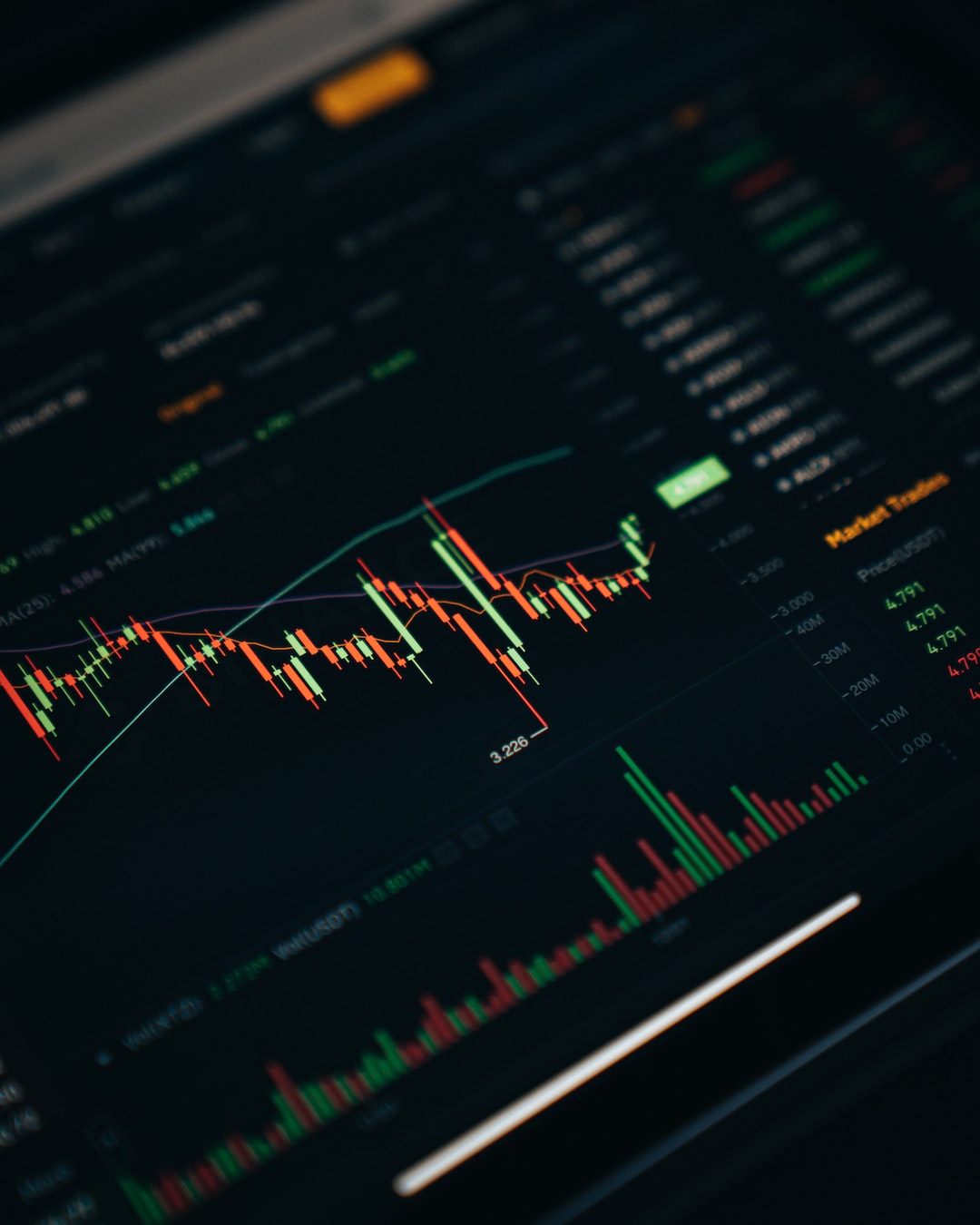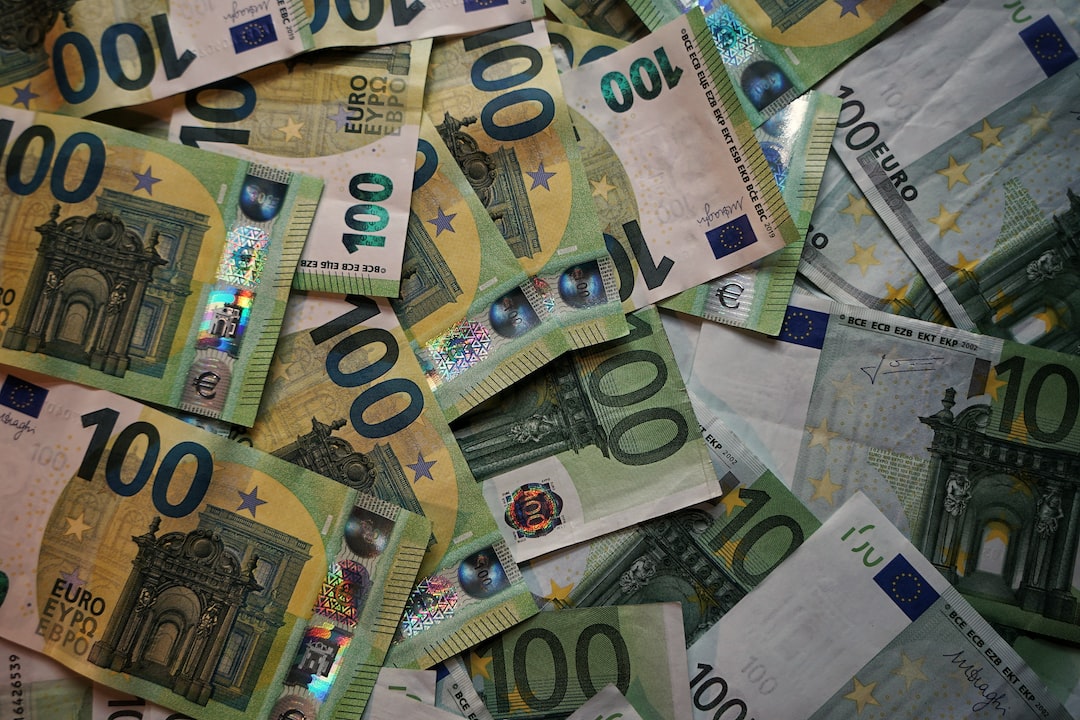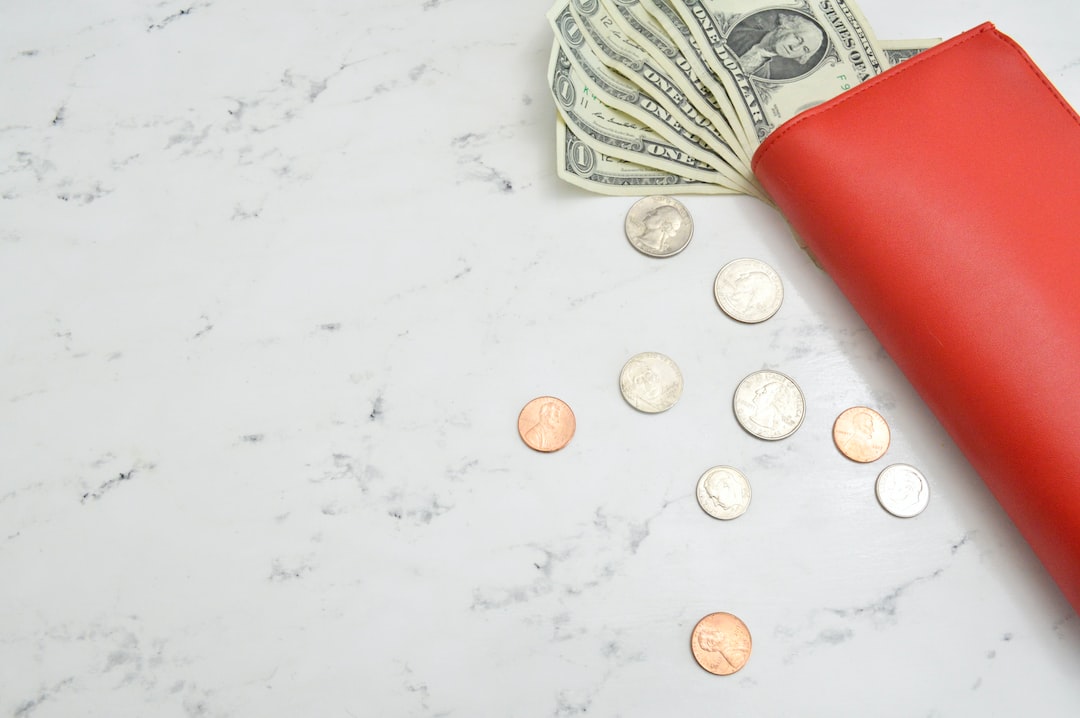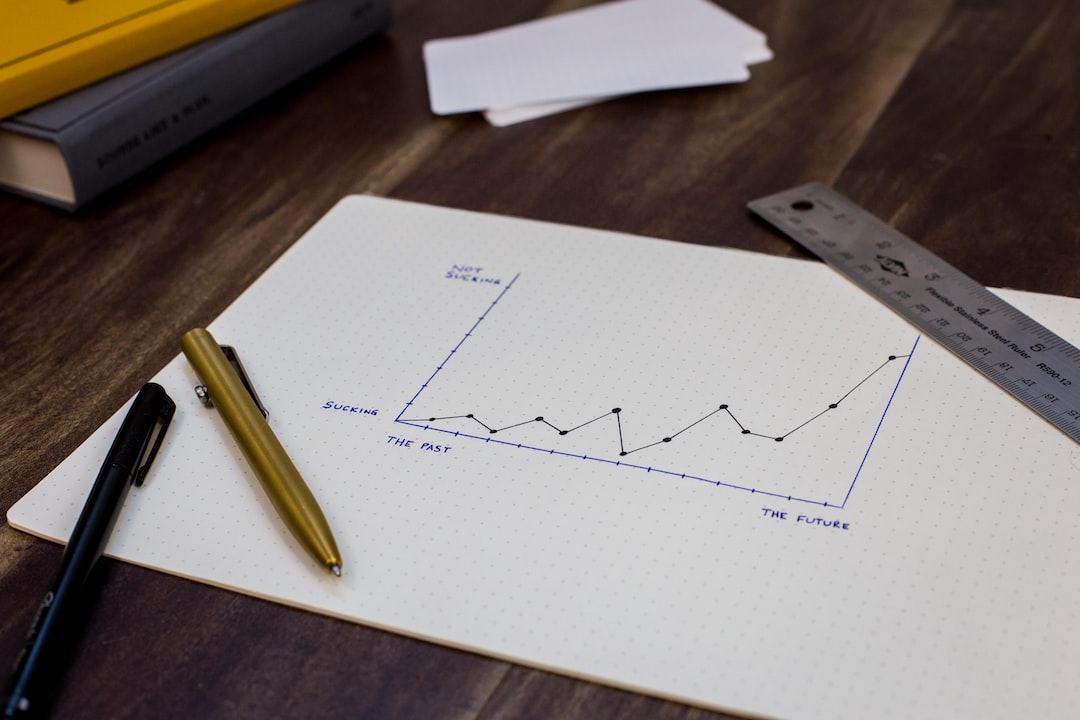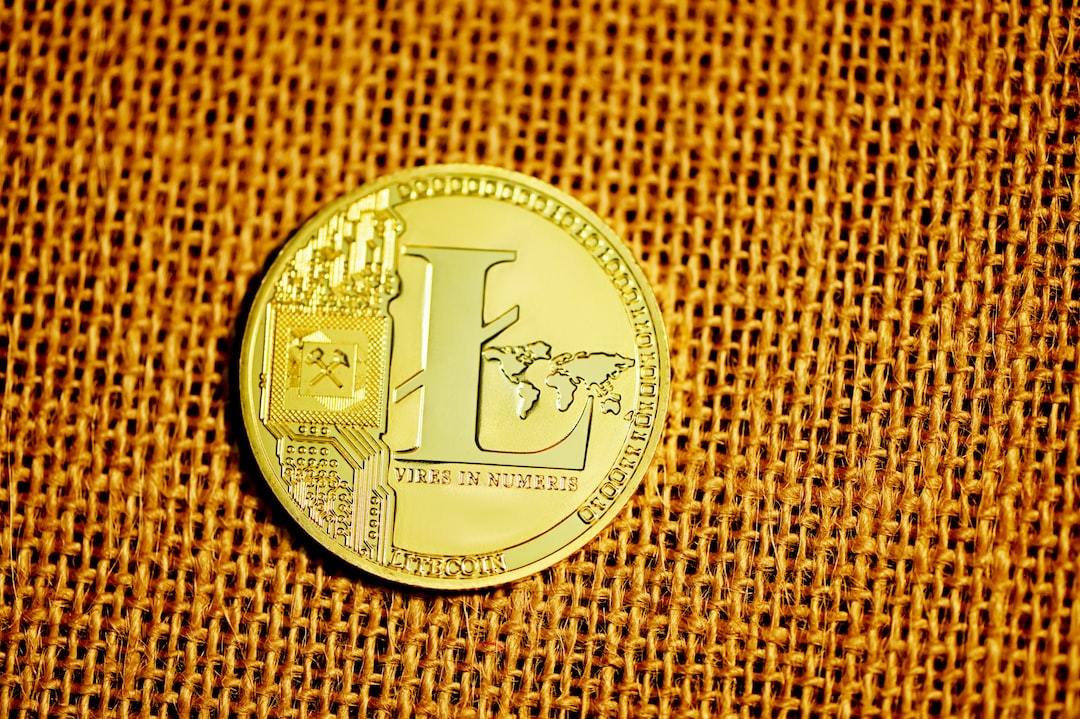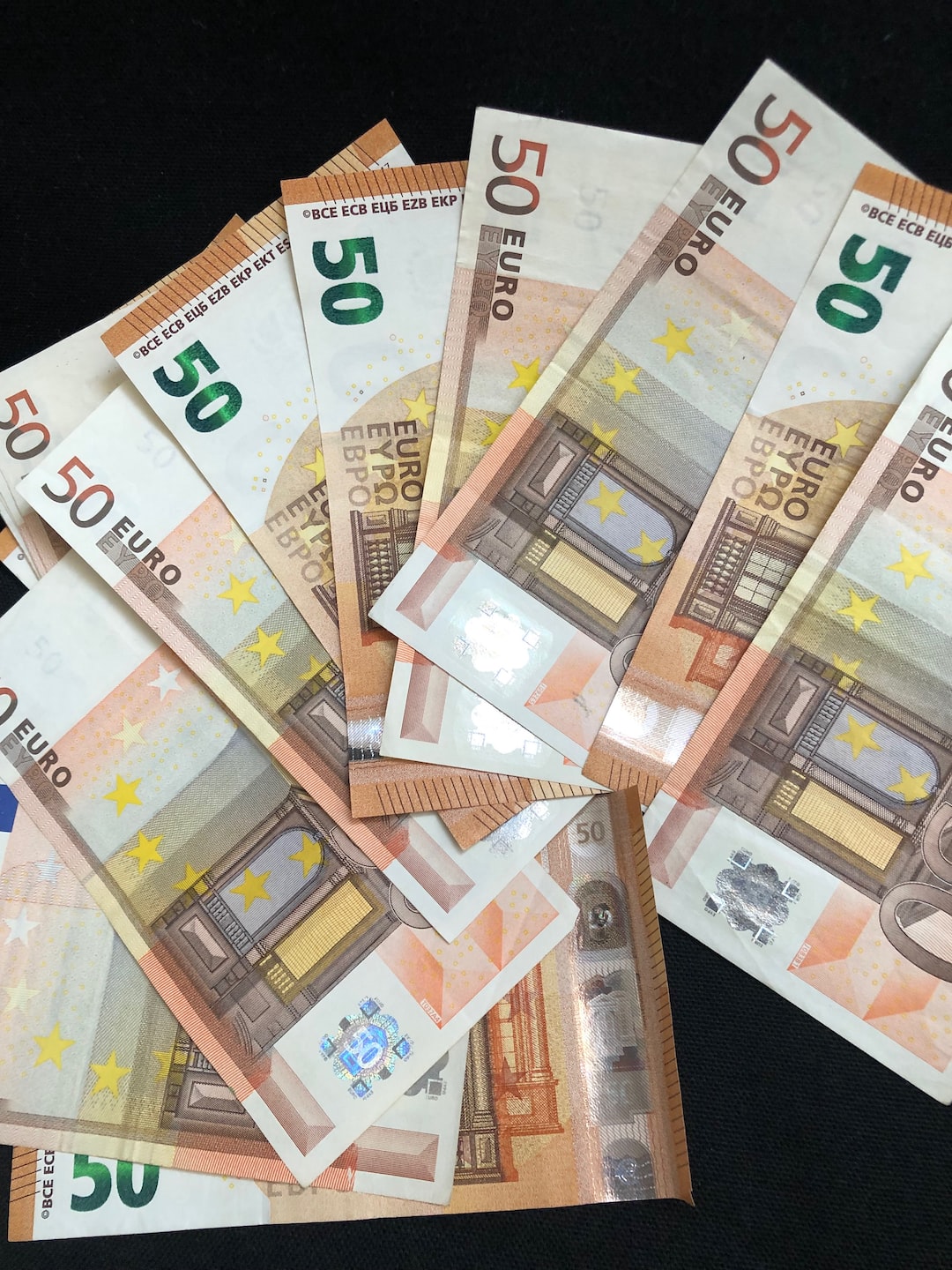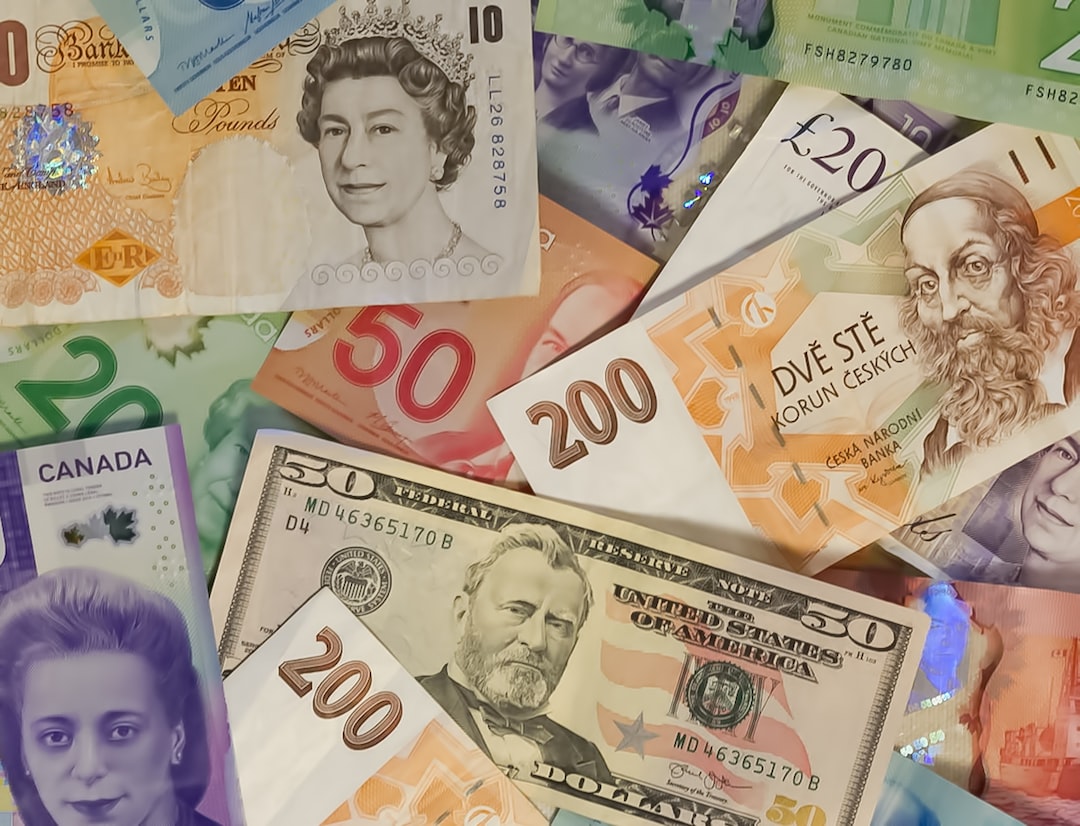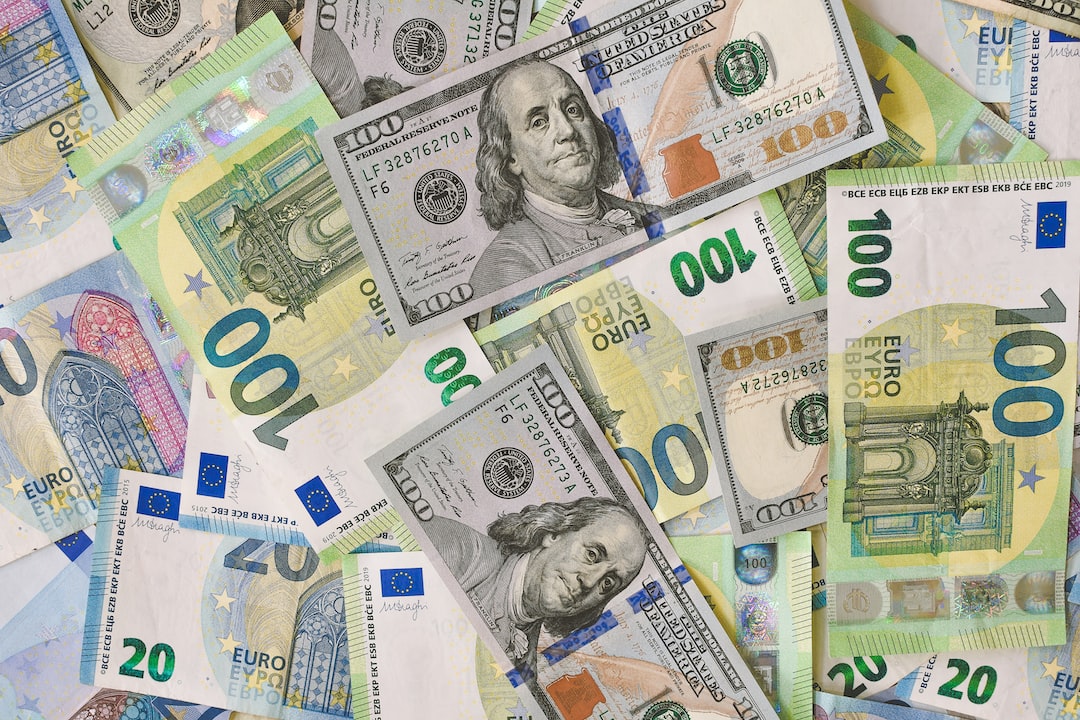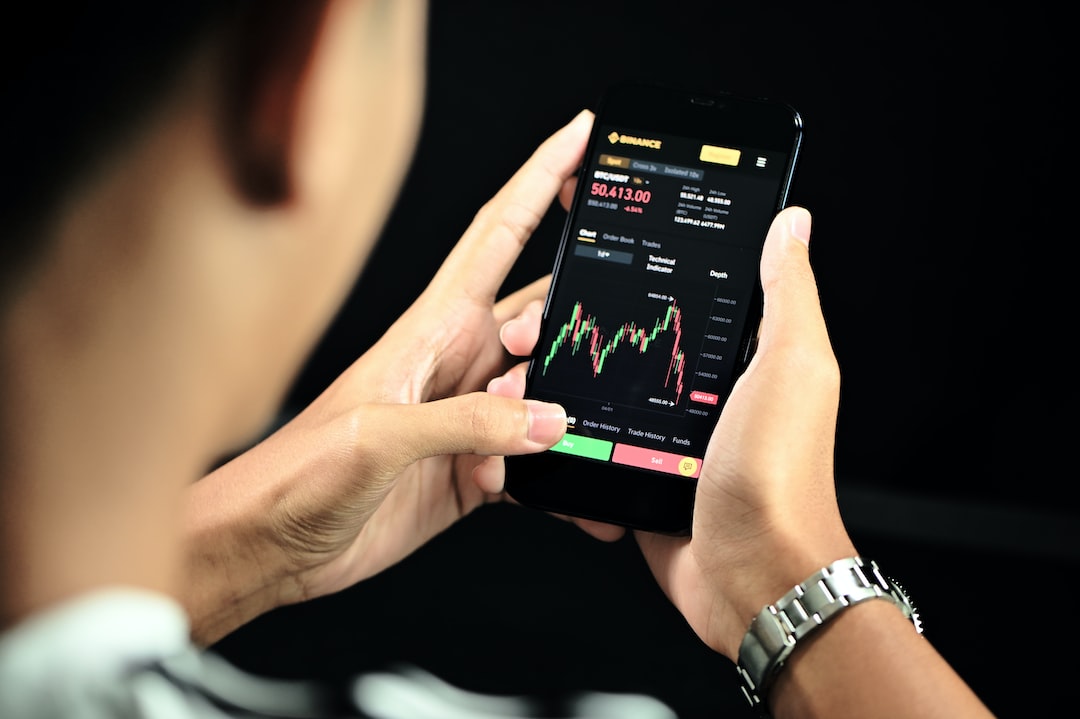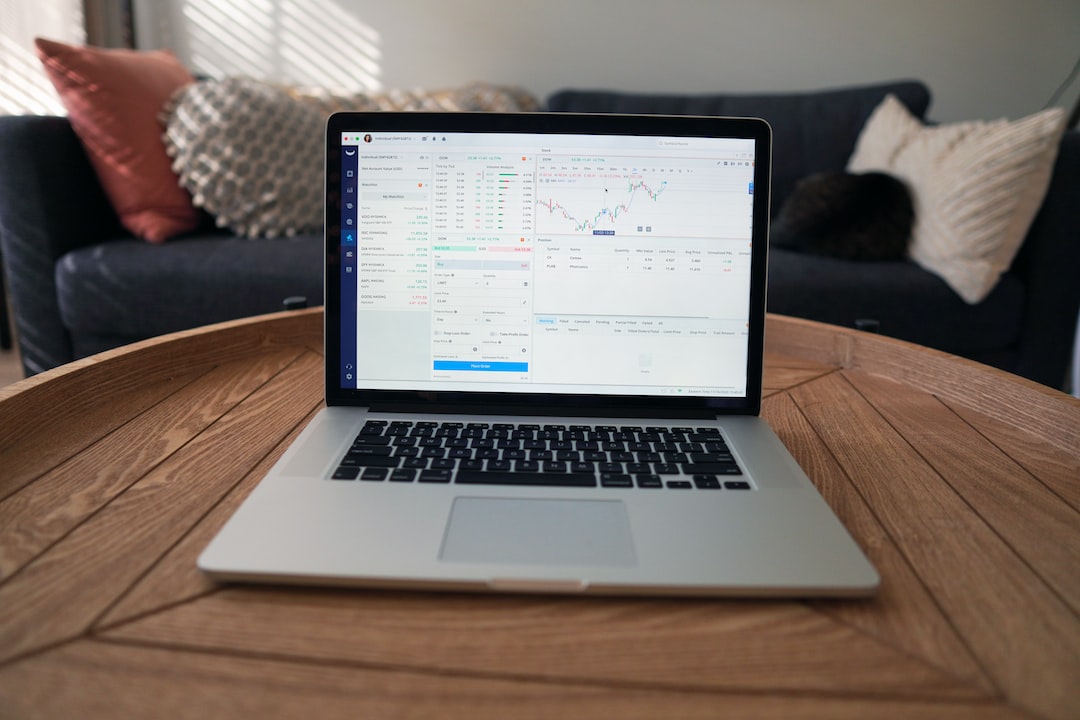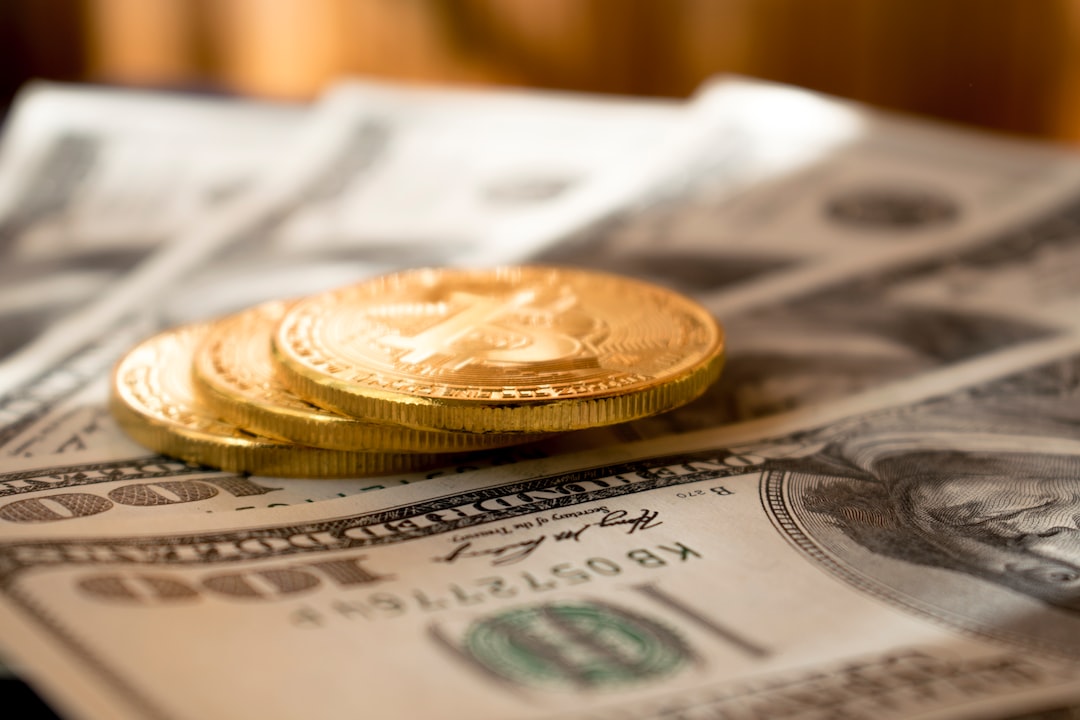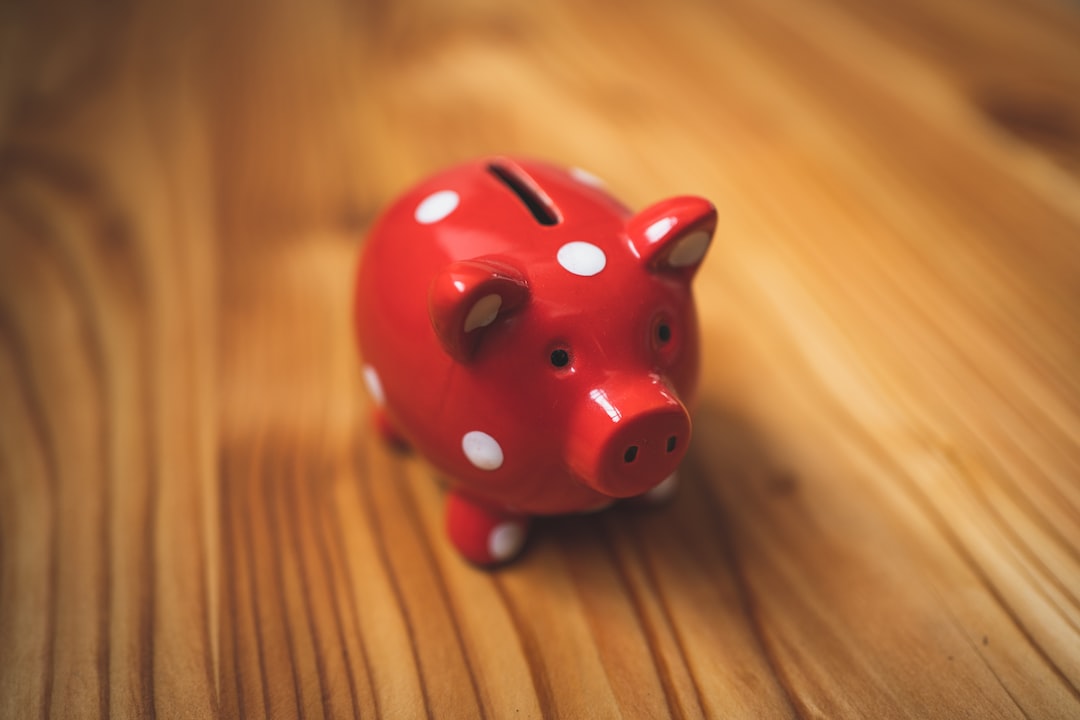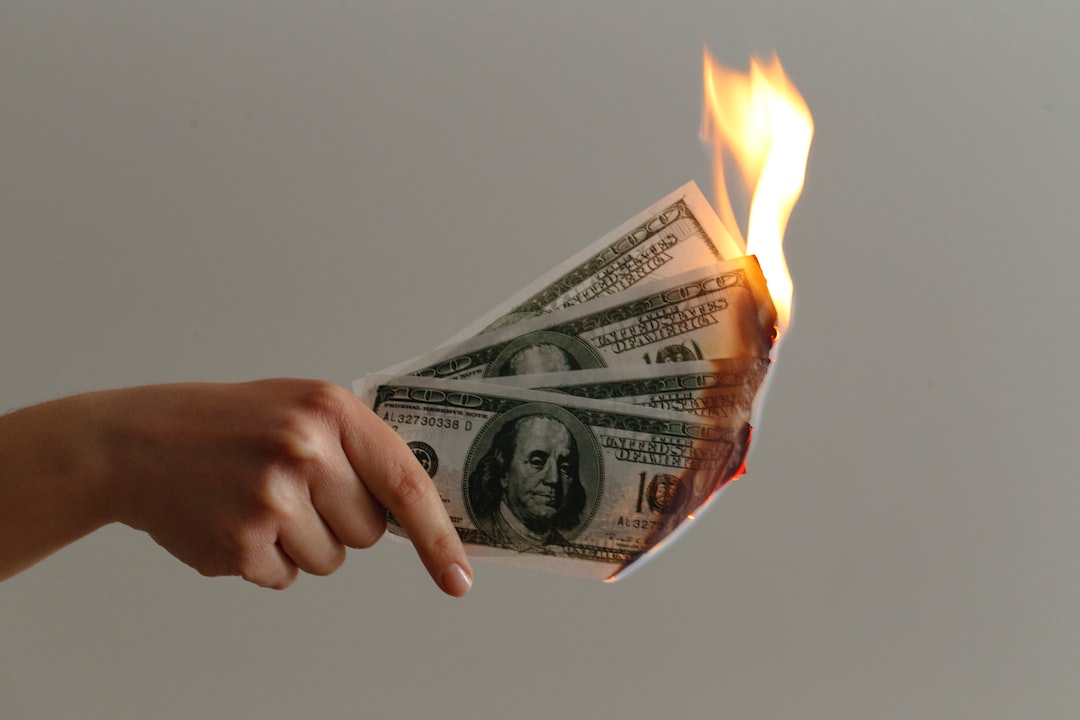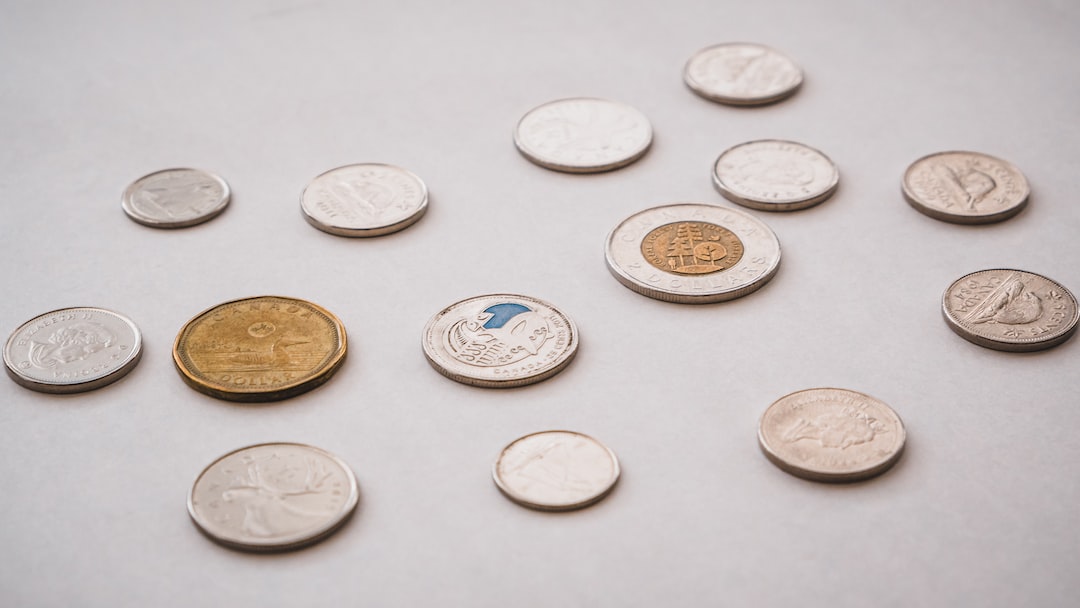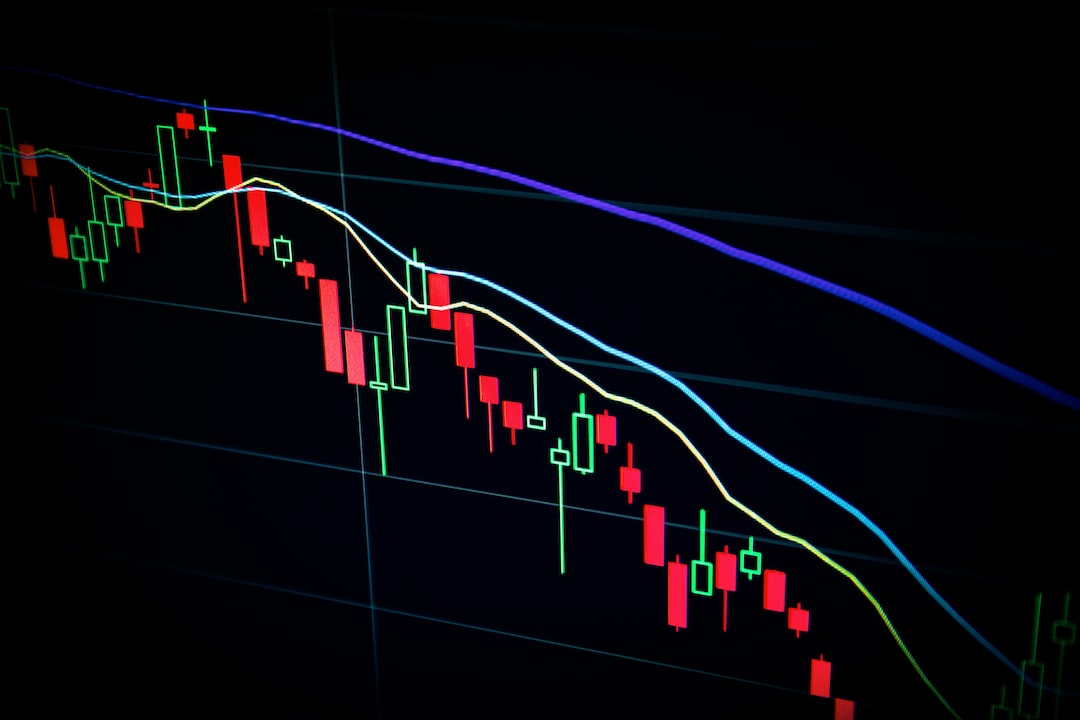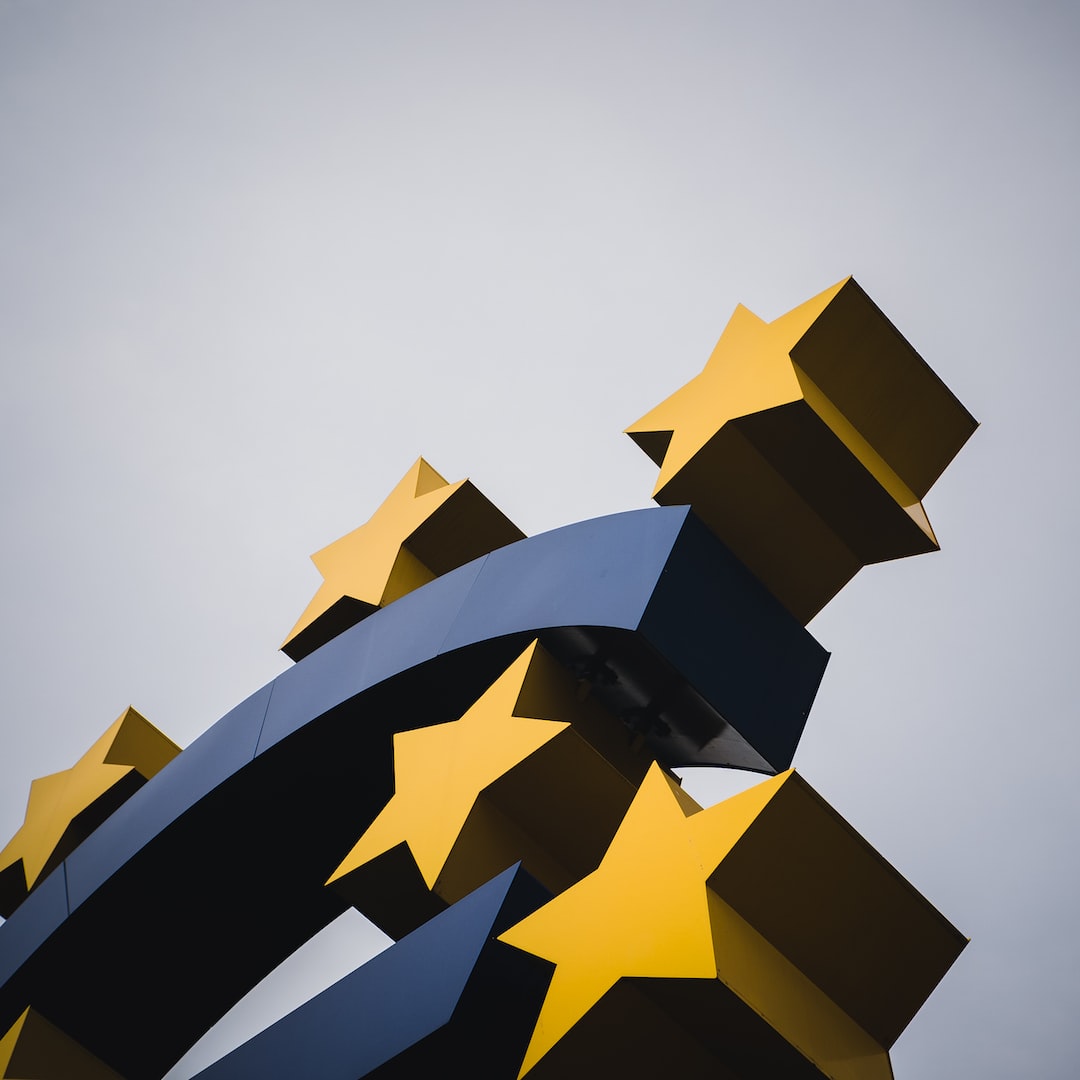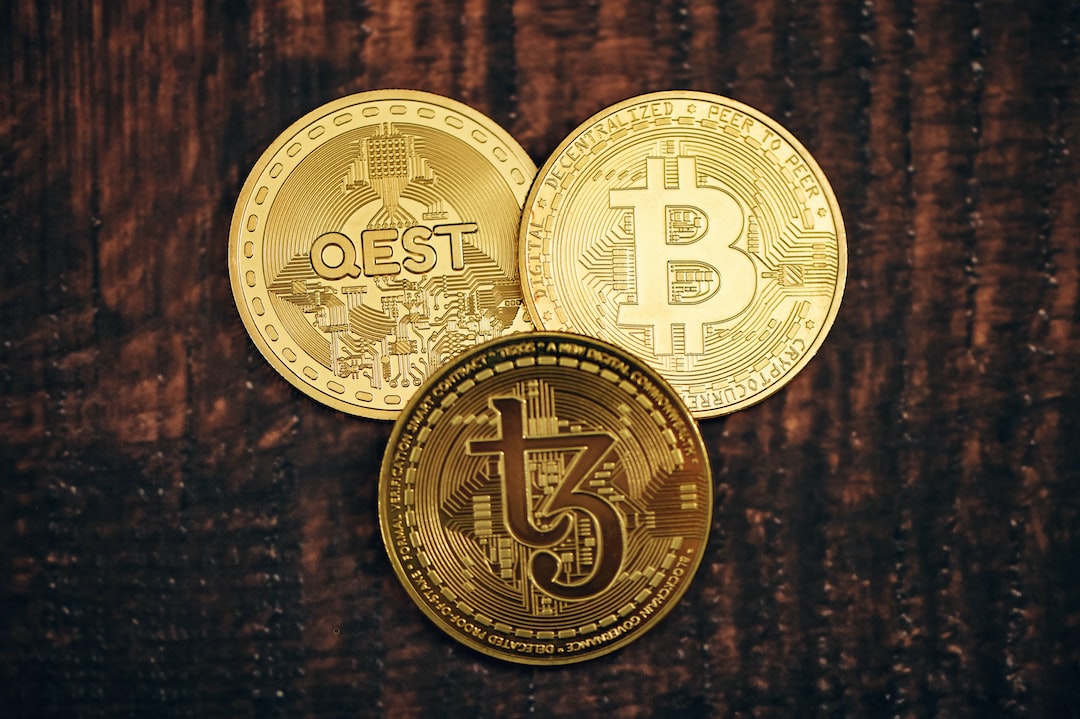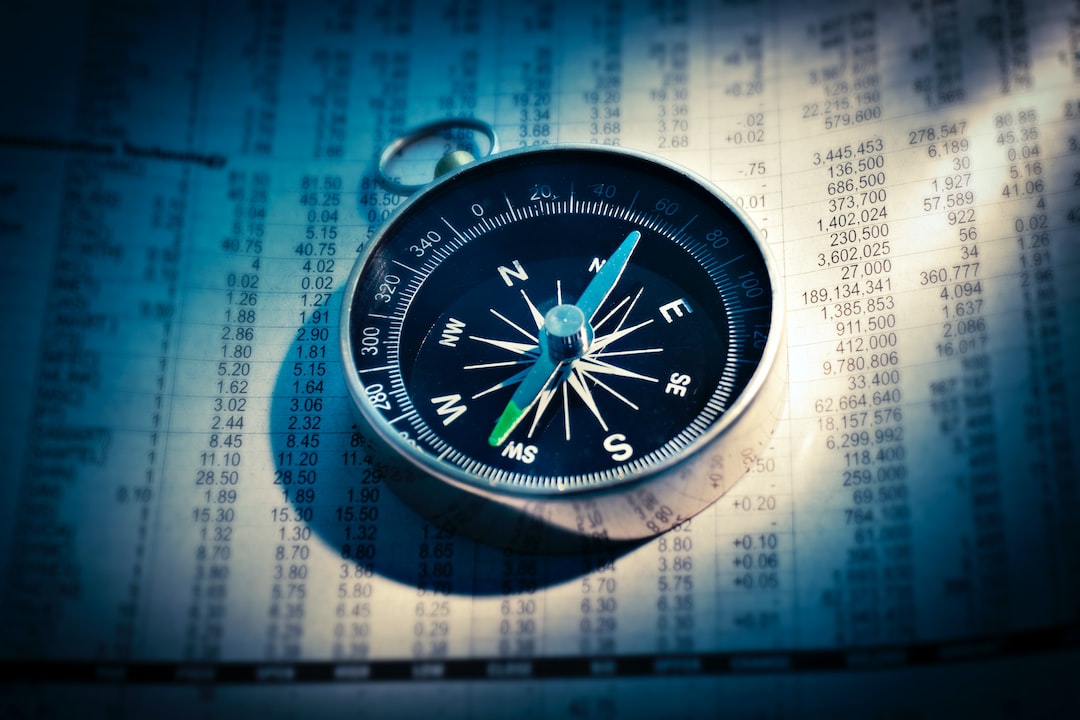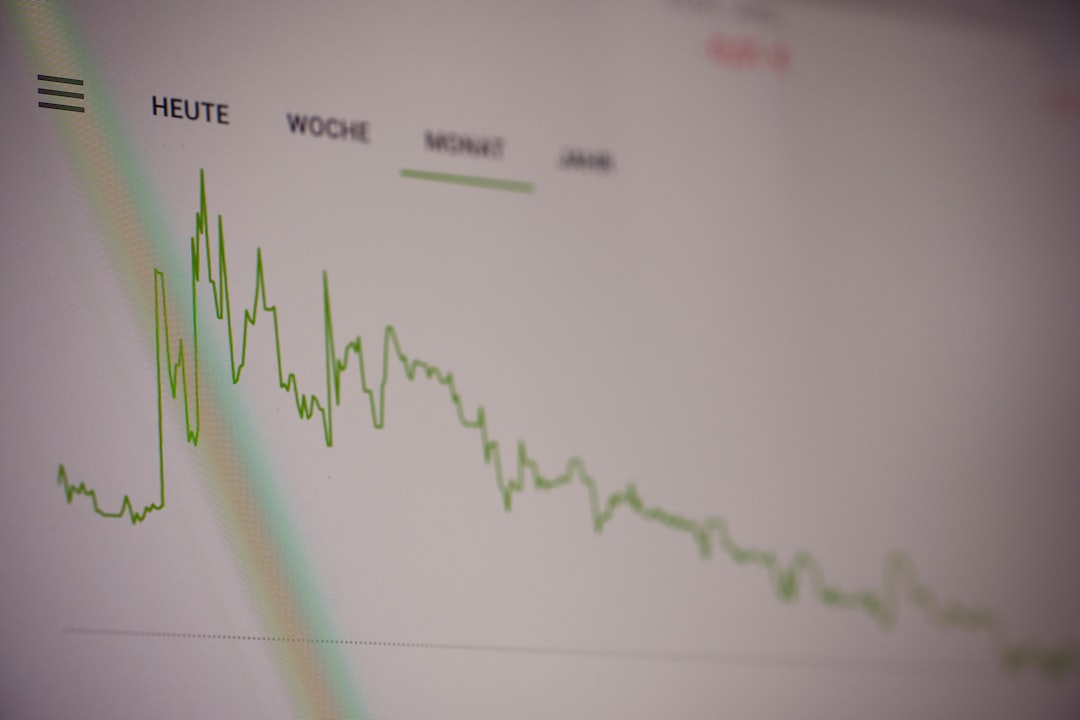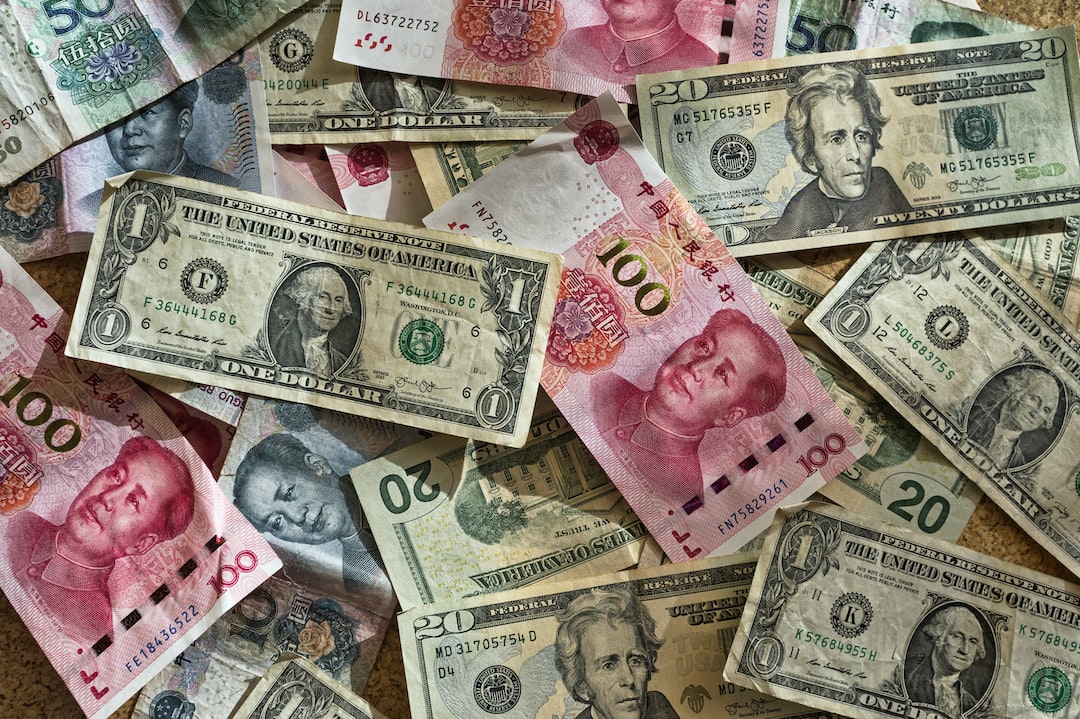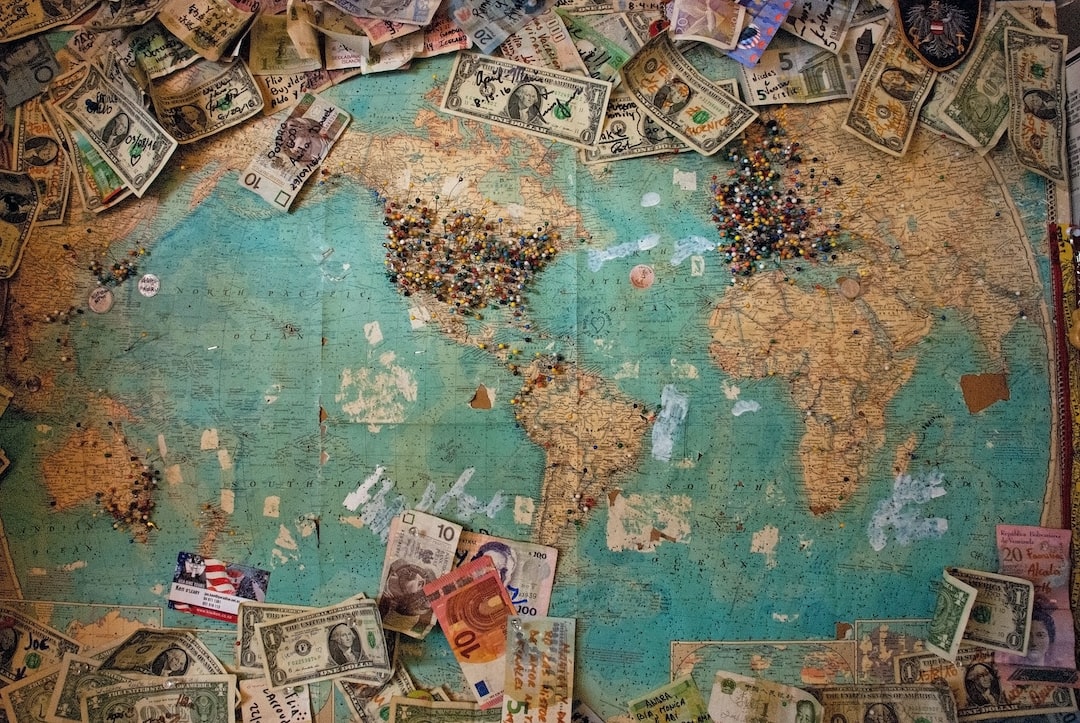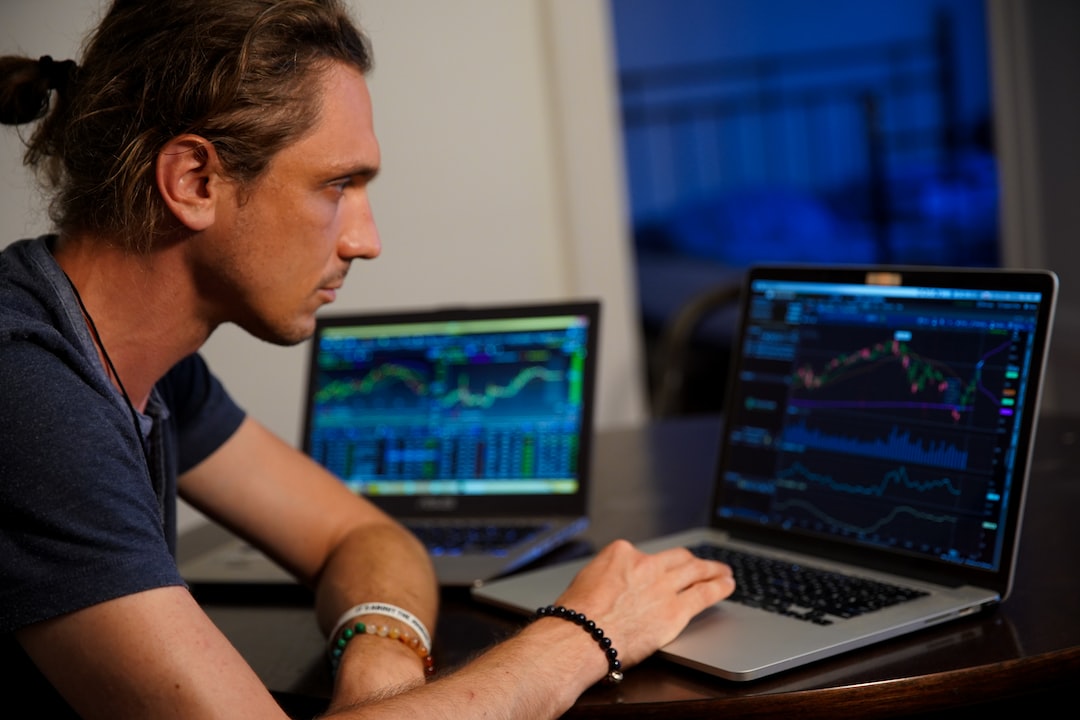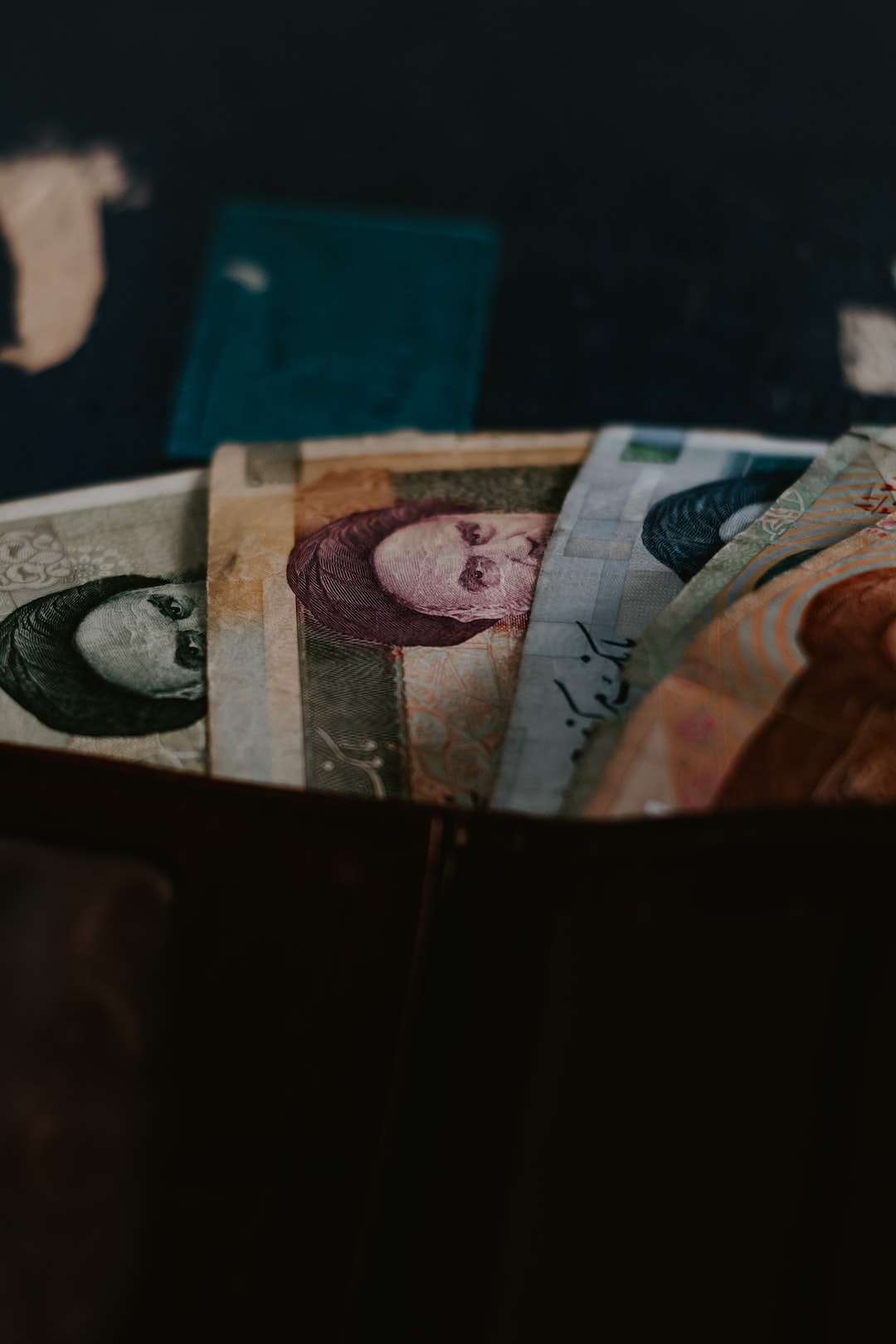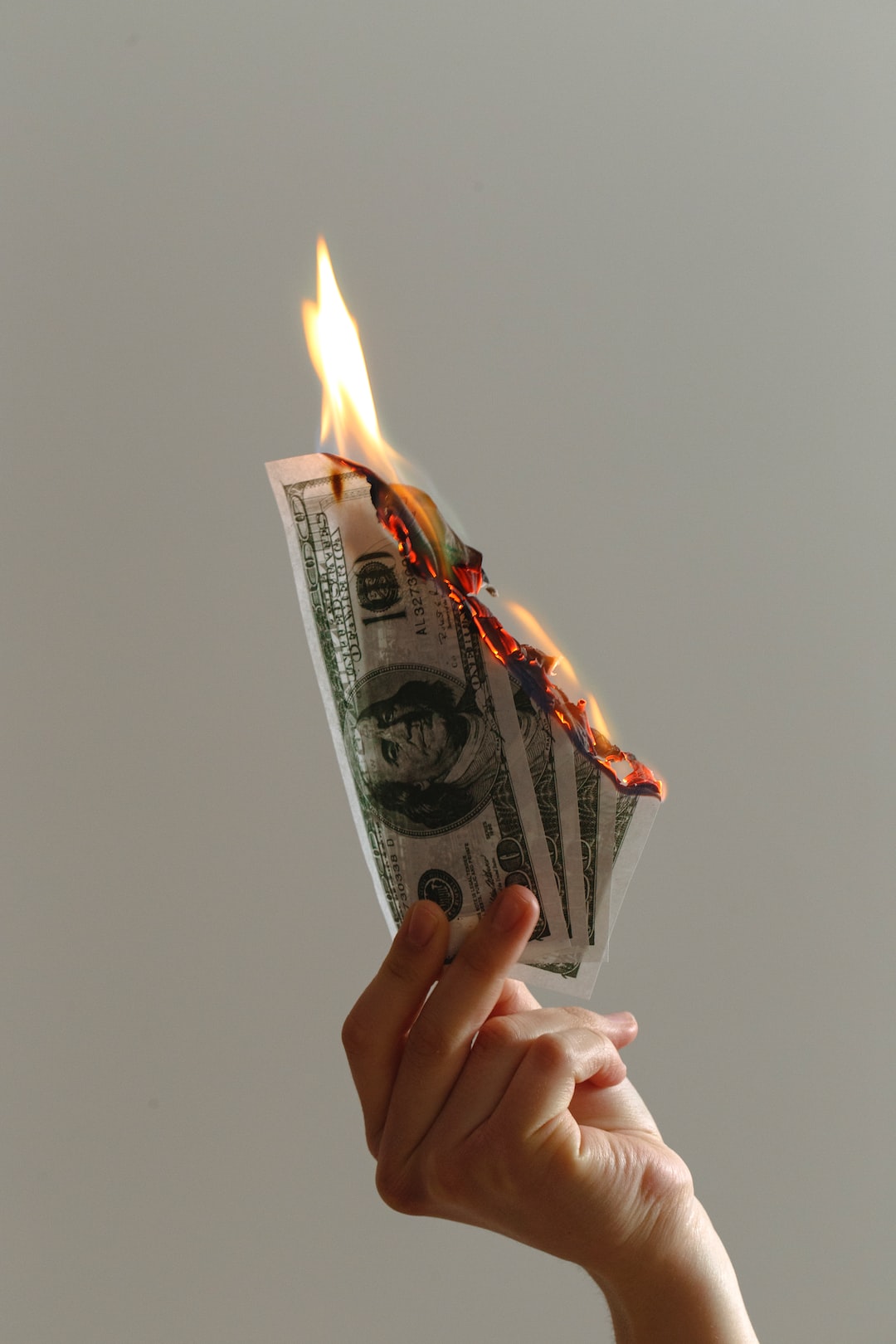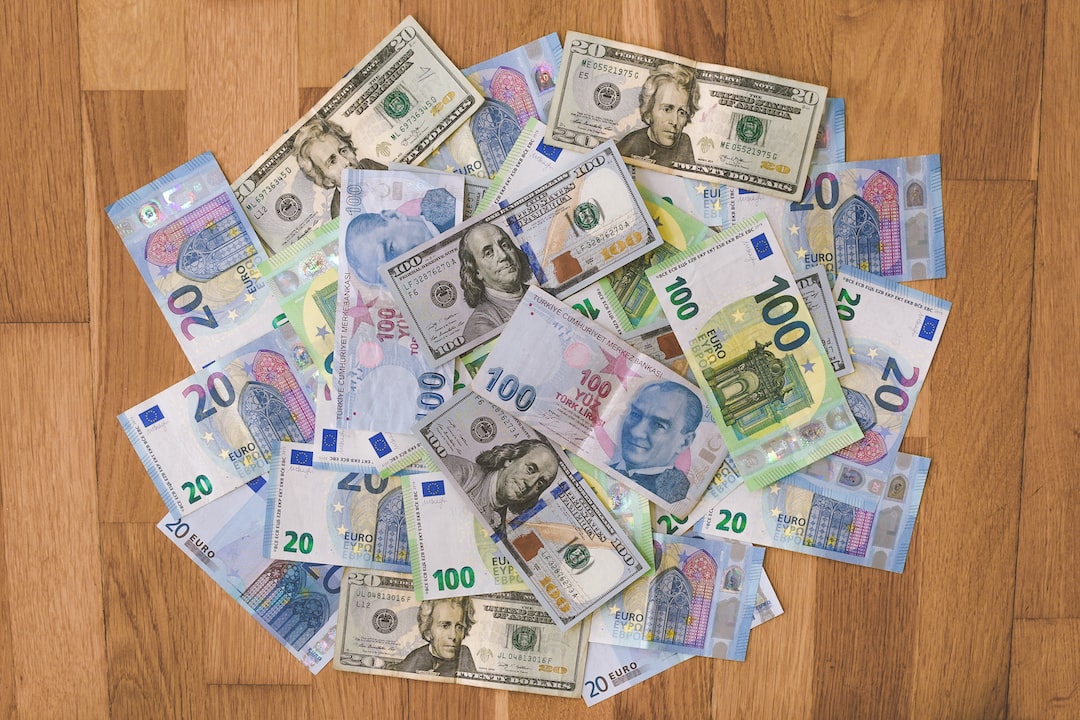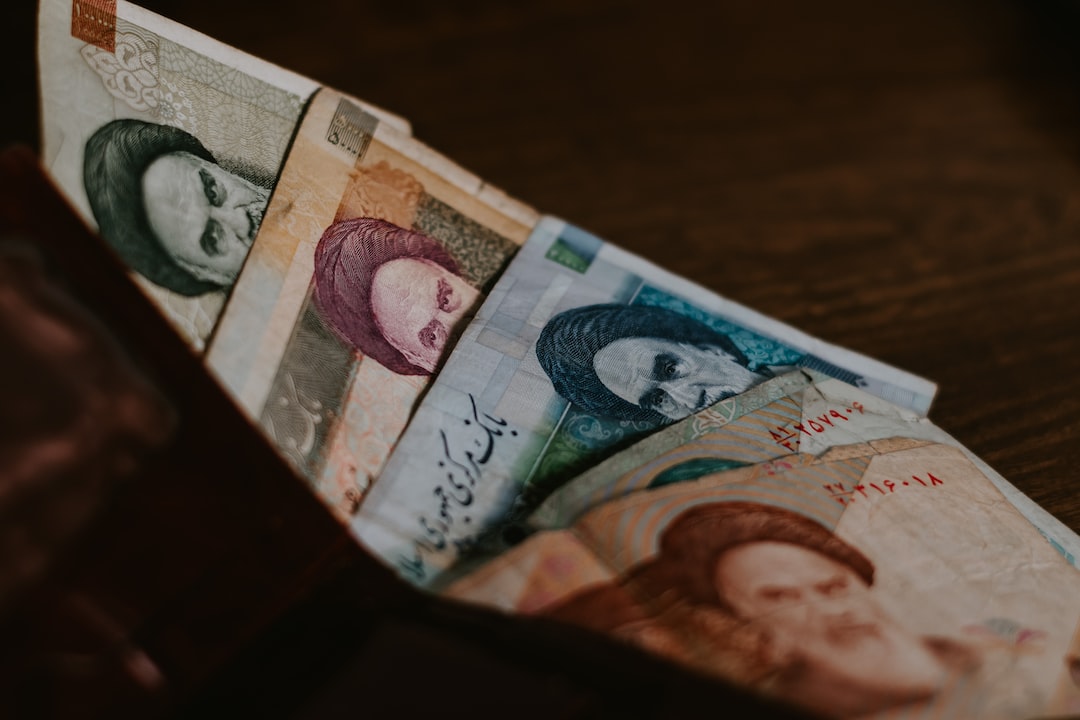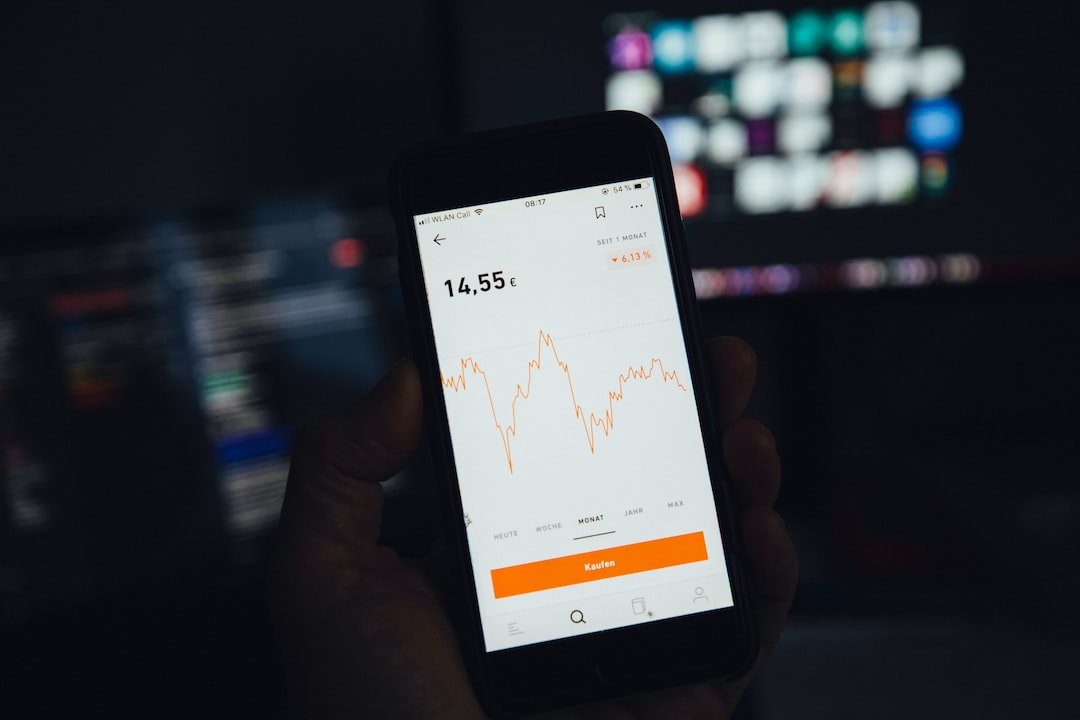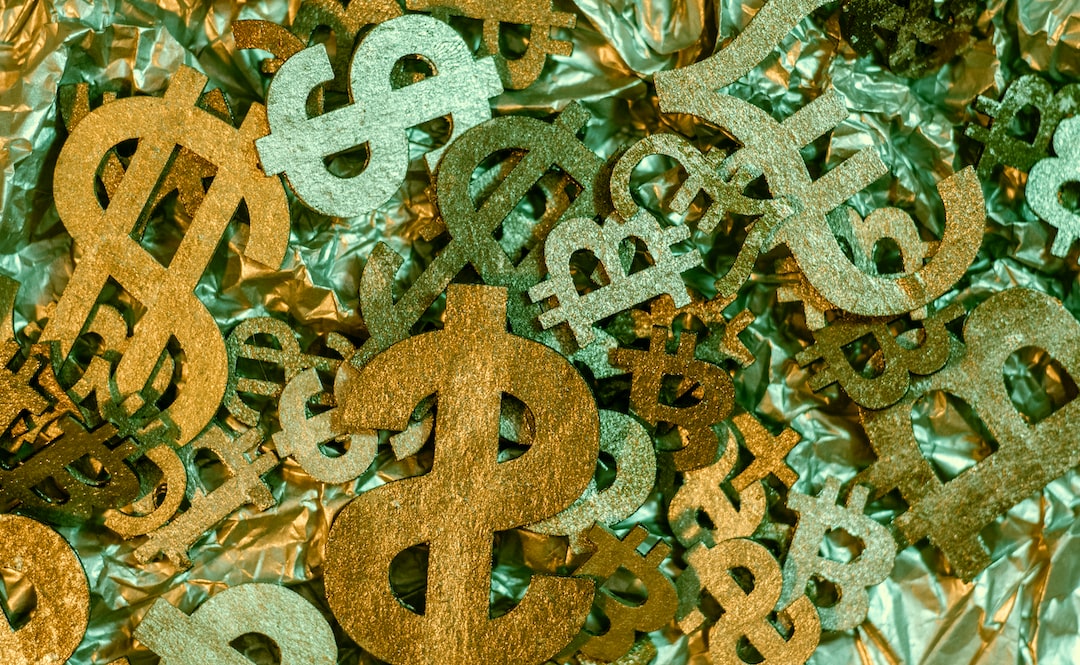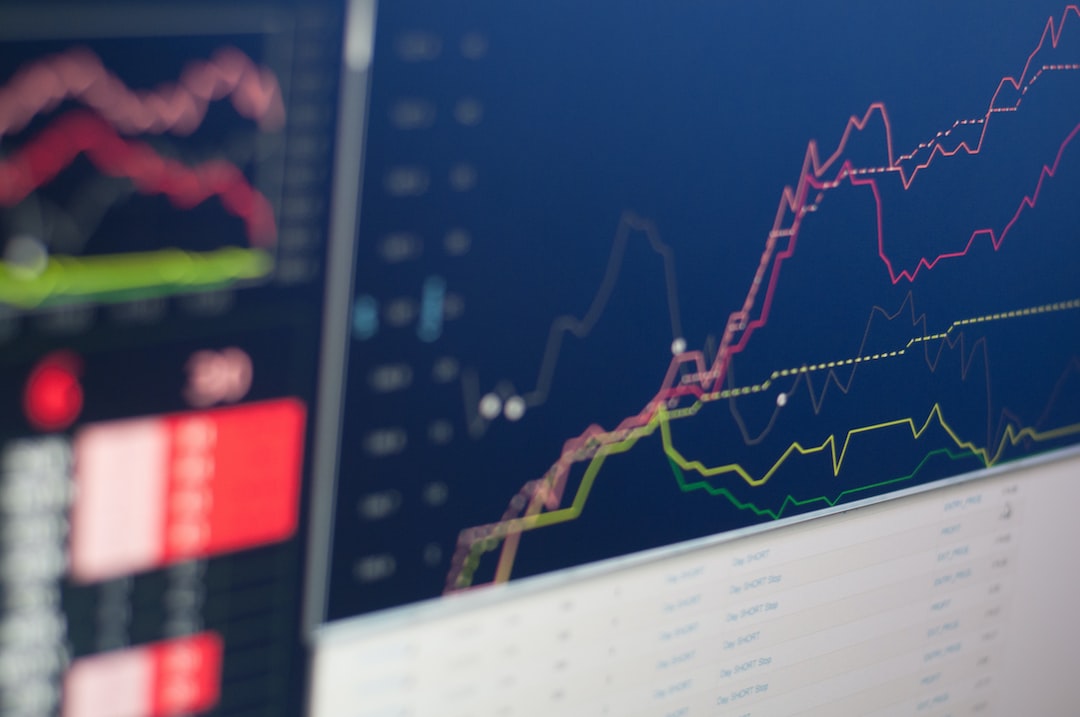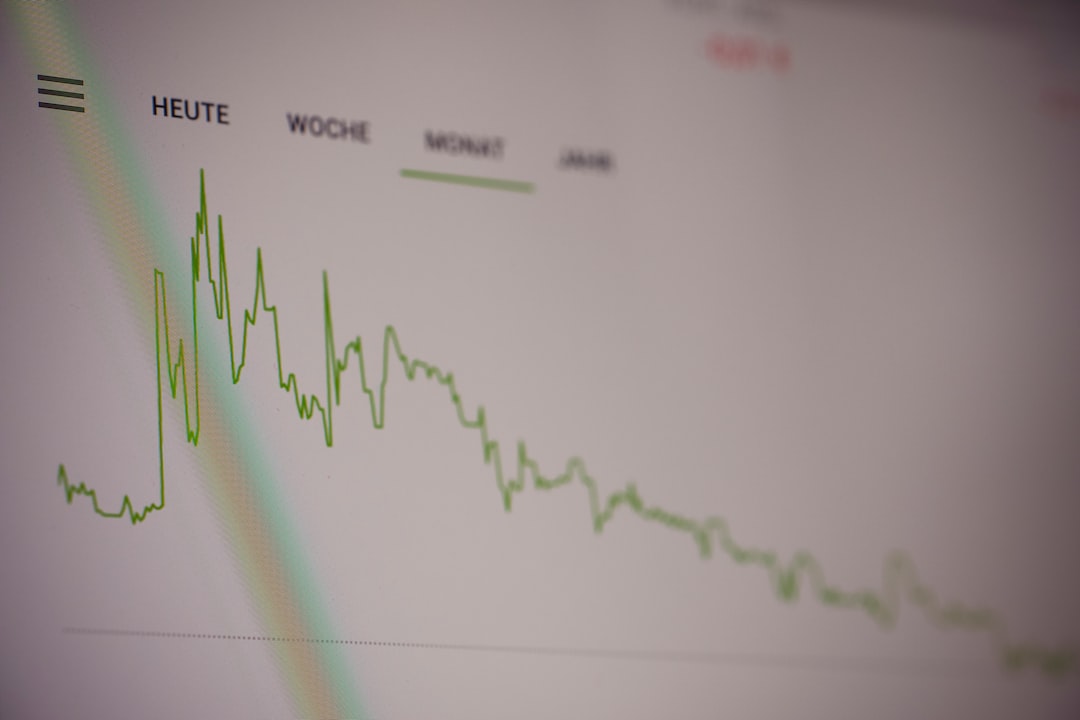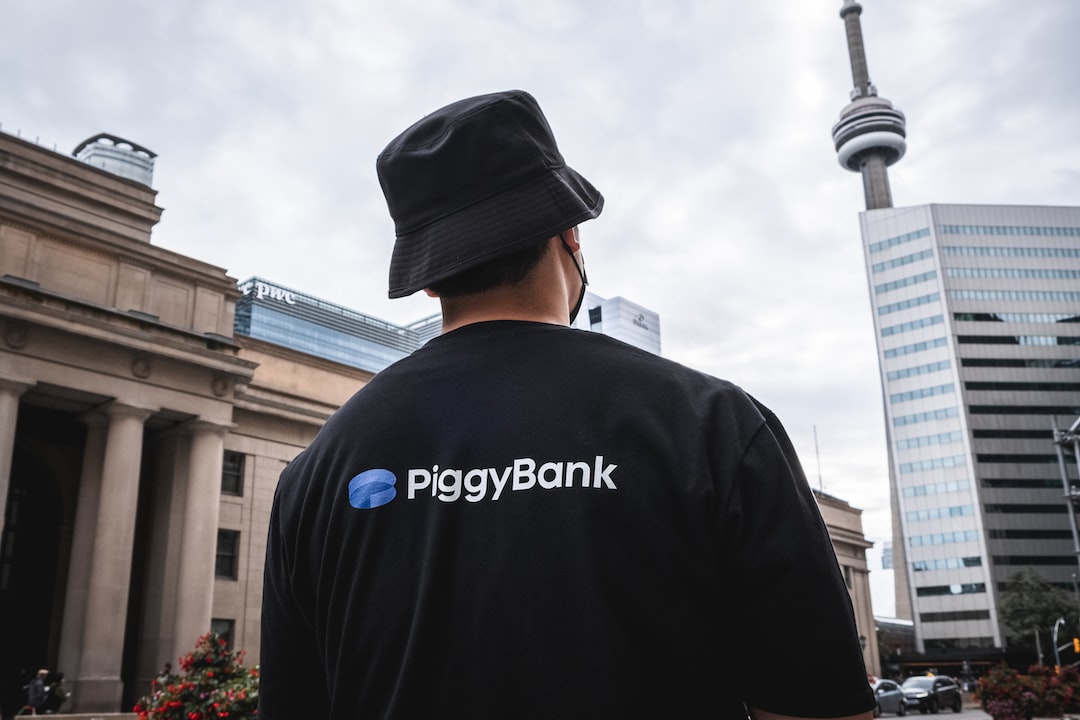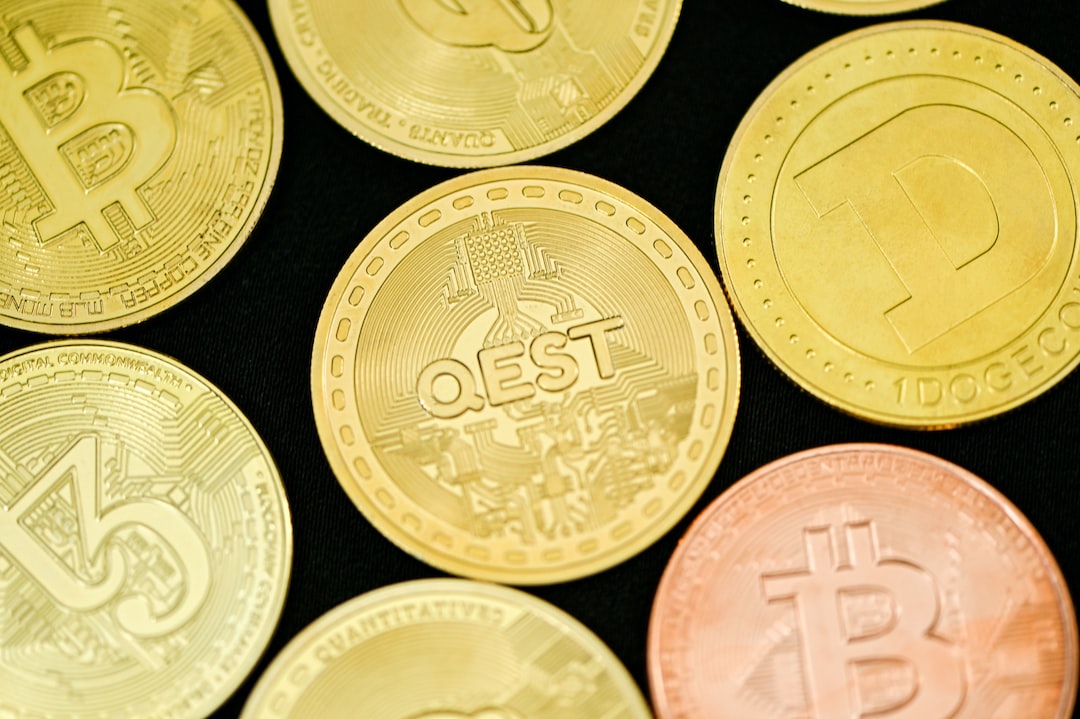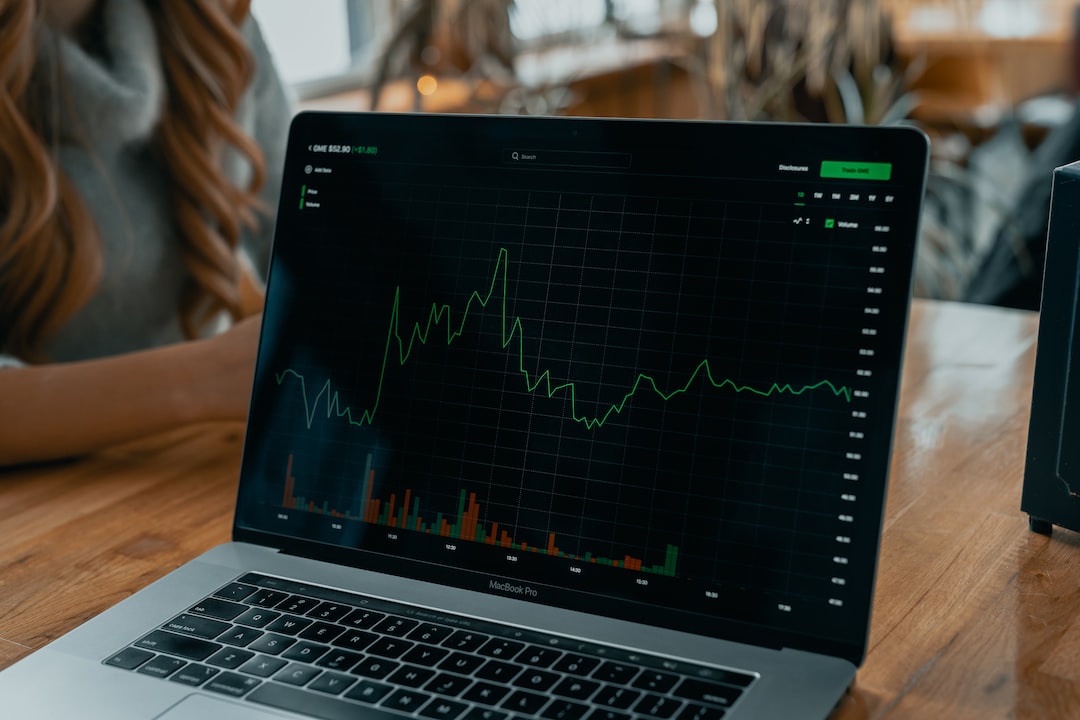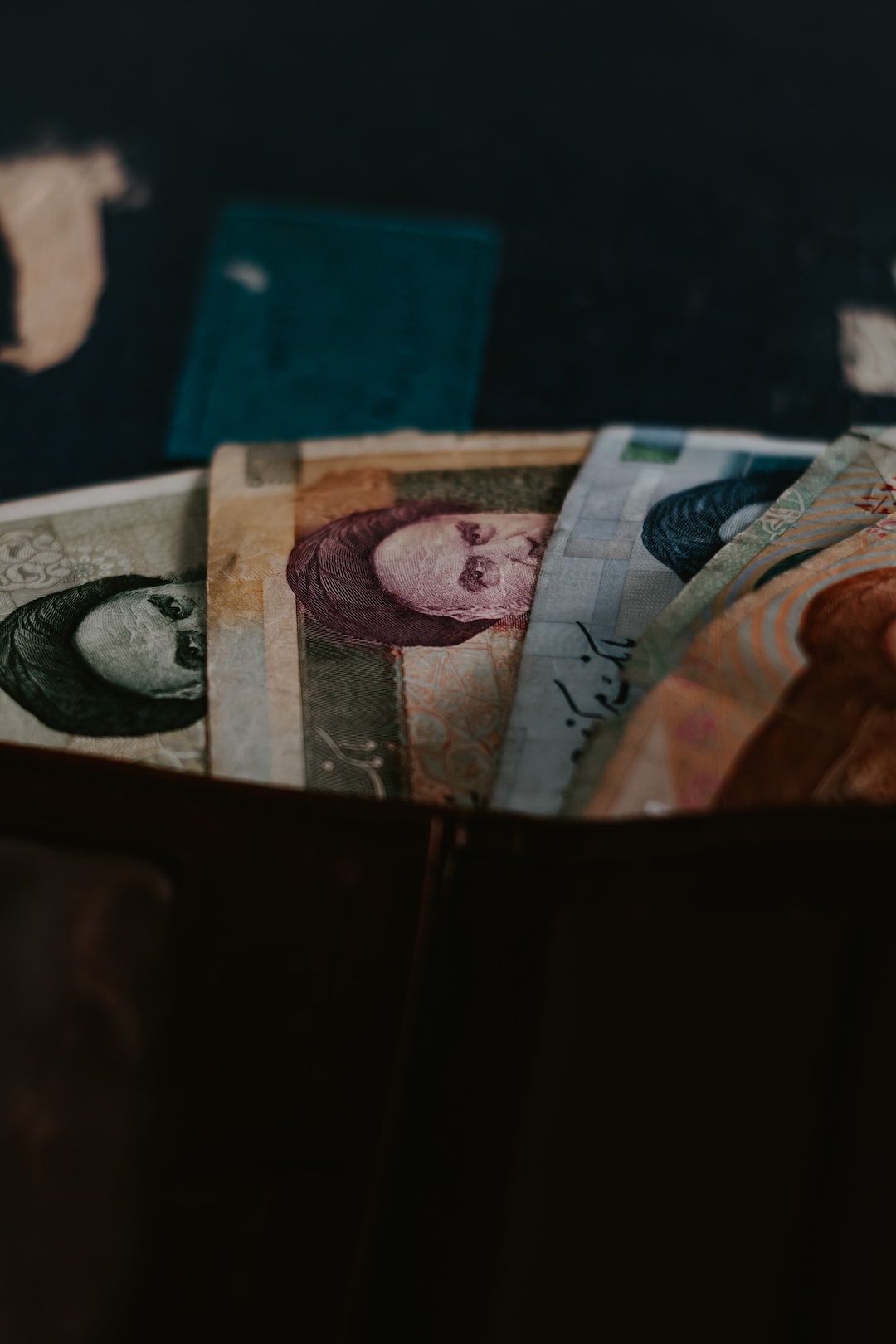If you are a forex trader who is interested in automating their trading, you will need a terminal account forex mql4. This is a software that allows you to automate your trading strategies by programming them in MQL4. In this article, we will explain how to get a terminal account forex mql4.
Step 1: Download and install the MetaTrader 4 platform
The first step in getting a terminal account forex mql4 is to download and install the MetaTrader 4 platform. This is the platform that you will use to execute your trades and program your trading strategies. The MetaTrader 4 platform is available for free from the MetaQuotes website.
Step 2: Open a demo account
Once you have installed the MetaTrader 4 platform, you will need to open a demo account. This is a practice account that allows you to trade with virtual money. To open a demo account, click on the “File” menu in the MetaTrader 4 platform and select “Open an Account.” Choose “Demo” as the account type and fill in the necessary information. Once you have completed the registration process, you will receive login credentials for your demo account.
Step 3: Install the MQL4 programming environment
In order to program your trading strategies, you will need to install the MQL4 programming environment. This is a software program that allows you to write and test your trading algorithms. The MQL4 programming environment is available for free from the MetaQuotes website.
Step 4: Write and test your trading strategy
Once you have installed the MQL4 programming environment, you can start writing and testing your trading strategy. The MQL4 programming language is similar to C++, so if you are familiar with C++, you should be able to learn MQL4 quickly. If you are not familiar with programming, there are many resources available online that can help you learn.
Step 5: Open a live account
Once you have tested your trading strategy and are confident that it works, you can open a live account. A live account is a real money account that allows you to trade with real money. To open a live account, you will need to choose a forex broker and follow their account opening process. Once you have opened a live account, you will need to fund it with money in order to start trading.
Step 6: Upload your trading strategy to your live account
Once you have opened a live account, you can upload your trading strategy to your live account. To do this, you will need to save your trading strategy as an Expert Advisor (EA) file and upload it to your live account through the MetaTrader 4 platform. Once you have uploaded your trading strategy, you can start trading with it.
In conclusion, getting a terminal account forex mql4 is not difficult. You just need to follow these six steps: download and install the MetaTrader 4 platform, open a demo account, install the MQL4 programming environment, write and test your trading strategy, open a live account, and upload your trading strategy to your live account. With these steps, you can automate your trading and start earning money from the forex market.


